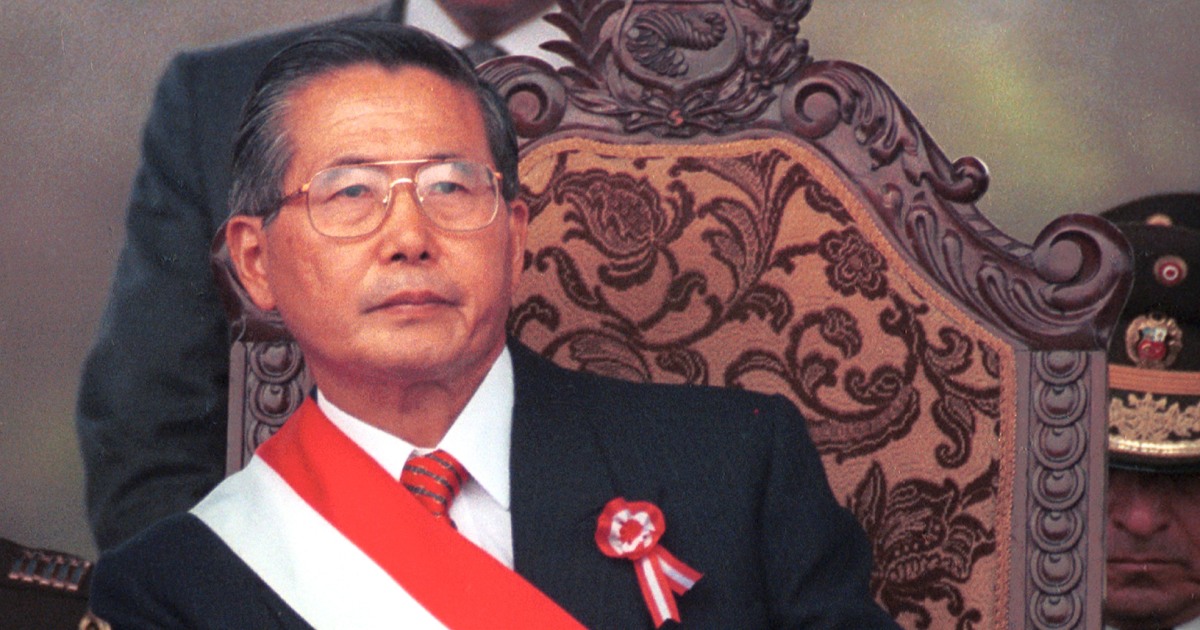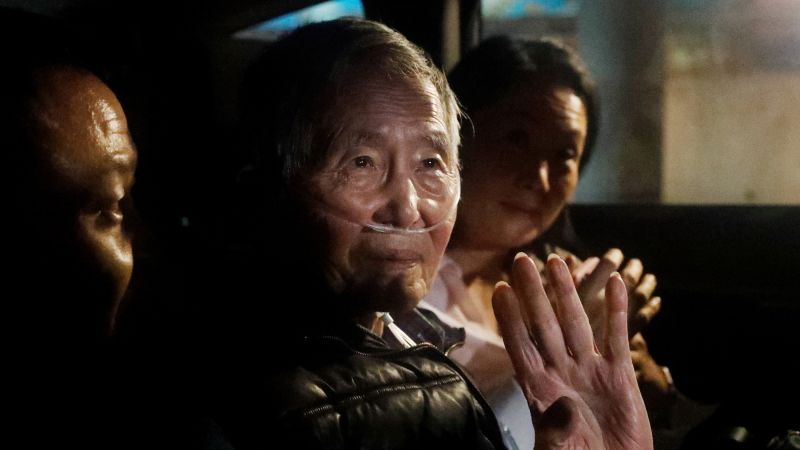Former Peruvian President Alberto Fujimori Passes Away at 86

The Spin
Narrative A
Alberto Fujimori's legacy brings back painful memories for many. He ruled Peru with an iron fist for a decade and his administration was responsible for thousands of extrajudicial executions, forced disappearances, and incidents of torture. The Fujimori regime also sterilized thousands of Indigenous women because the government considered them an obstacle to overall progress. Those who suffered under his rule have much to process when thinking about his influence on Peruvian society.
Narrative B
For many Peruvians, former President Alberto Fujimori was seen as a true leader despite his complex legacy. He saved the country from hyperinflation and stabilized the economy after more than a decade of crisis. Perhaps more importantly, he eradicated dangerous rebels who were responsible for the deaths of thousands of civilians. Eliminating the insurgency came at a heavy toll, but the full context of the danger of this time can't be understated and Fujimori was a stabilizing force.






